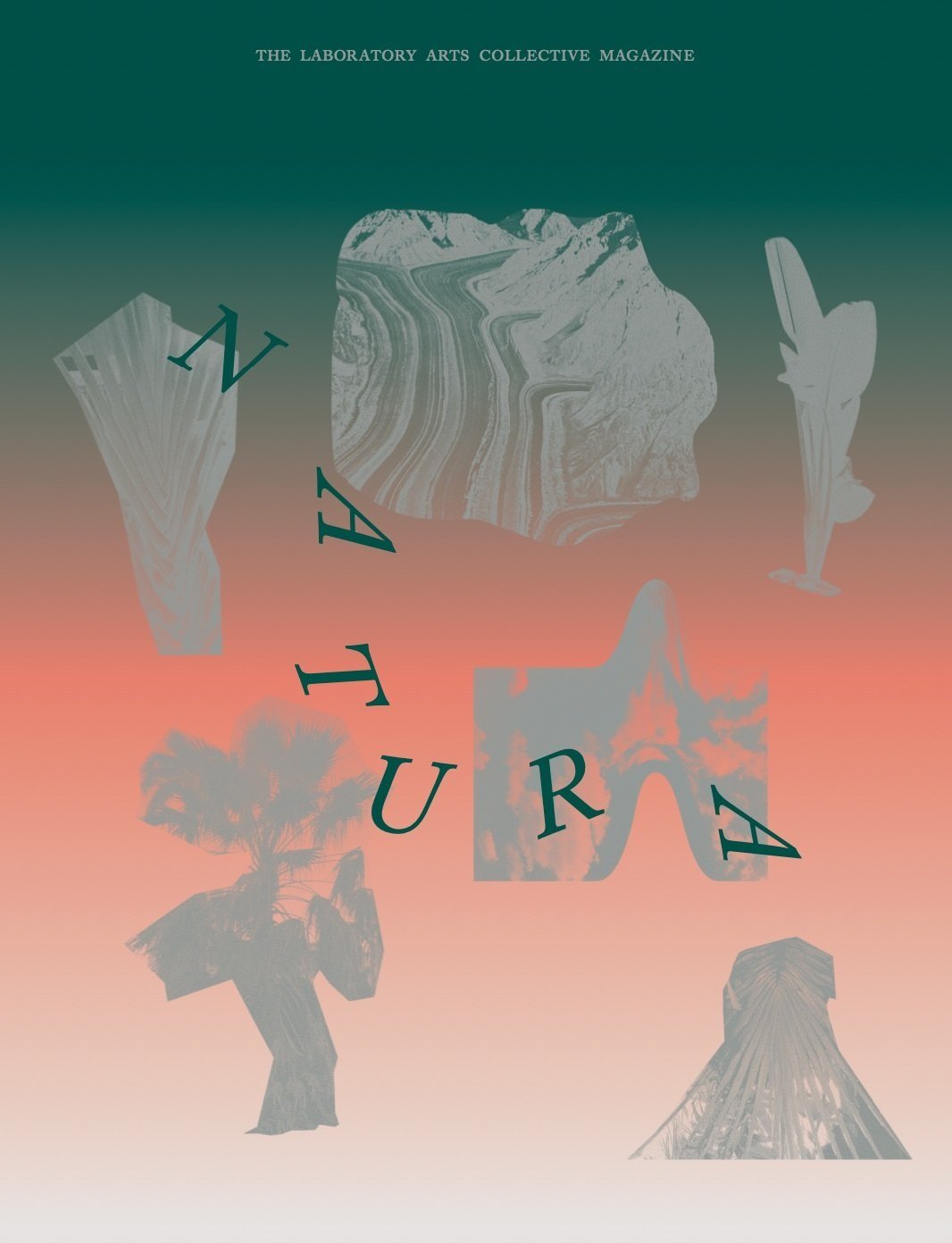Behind the breathtaking design of the new Hermès Sydney Flagship
Time-honoured craftsmanship and peerless attention to detail – it’s what to expect from any Hermès piece and the French leather specialist’s incredible new flagship store in the centre of Sydney is no different.

1/5
The spiral ash staircase inside Hermès’ two-level store was handcrafted on site by master boat builders Norman R. Wright & Sons
How many global brands are as successful as Hermès at communicating a unique proposition with a package; one that scales from boxed bracelet to retail building with a non-negotiable holism of content, concept, creative identity and colour? To simply flash a certain shade of orange is to convey the exquisite consolations of ownership to a comprehending universe. Not bad for a house that has no marketing department, limits the distribution of its product, and drives business on the back of a seemingly contradictory want to romance heritage and the handmade while engaging with the ephemerality of a new age. What is the secret thinking inside the ‘orange box’ — the strategies that style structure and stabilise the paradox of desirability?
On the winged heels of Hermès relocating its Sydney store from Elizabeth Street to the more commodious confines of King Street’s Trust Building — a first-generation skyscraper flaunting the Palazzo style pastiche of interwar years (1914-1916) — Vogue Living seizes the opportunity to interrogate the figurative builder of the brand, Denis Montel. As artistic director of Rena Dumas Architecture Interièure (RDAI) — the Paris-based practice founded by the late wife of former Hermès president Jean-Louis Dumas — he is serially challenged to materialise Hermès attitudes into distinguishable architectures that achieve the anomalous goal of being highly identifiable by brand but strikingly idiosyncratic.

2/5
The new Hermès flagship store on King Street, Sydney, at night.
Video-conferencing from his office in Paris, the itinerant Montel (overseeing 311 stores across 49 countries at last count) first answers to the question of a conceptual direction for Hermès’ new flagship — 800 square metres at the base of a century-old building whose time-rolling roster of tenants, from broadsheet newspaper to bank, tells in the enveloping detail.
“How can that building rebirth?” he asks rhetorically of a renovation project that had to first pay strict homage to the prevailing order before pushing into retail modernity. “There is lots of history in that building and our attitude first of all was to understand this eclectic architecture, to look at the interesting features and elements… to incite a good discussion with the heritage architects. We wanted to awaken the sleeping beauty.”

3/5
The lowerground floor of the Sydney flagship store.
Shaking this Beaux Arts belle out of her fitful slumber first incurred the cleaning of fixtures fitted during The Daily Telegraph’s early-1900s residency and a restoration of the yellowed Carrara marble floors. Their revival back to a cool cast instantly issued the maritime cue to Montel who determined that the application of blue, redolent of Bondi waters, would “invite a bit of local attitude” into the atmosphere, “and evoke the power of nature”. The momentum of Mother Earth would further nuance the shape of a new stair, a structure integral to the flow of visitors from two distinct street entries into a circulation passage through intimate, themed salons sequenced over two levels (ground and lower ground).
“We started to draw the flow of people crossing the space and [wondered] how we would link those entrances at the centre point of flow,” says Montel. “Two flights of stairs joined in a landing… beckoning you down. The movement of the staircase is logical… it was not designed to be a statement per se.”

4/5
The ground floor of the Hermès Sydney store with Projets Carrés Au Crayon and Please, Check In scarves on display.
But a spectacular déclaration of Hermès regard for the knowing hand it is; one showcasing the craft of four Brisbane boatbuilders who spent nine months on site heat-bending timbers to form the snaking balustrade of a double-revolution stair. Intended to simulate the aerial prop roots of an Australian banyan tree, this spiralling structure also conjures the columnar build of a tornado twisting down from an abstraction of clouds created by ceiling cut-outs.
Whatever phenomenon reads into its form, the effect shakes up the classical propriety of heritage place, generates a dynamism, and delivers light into basement depths where Montel says he “invited the sun”. Walls the colour of Sydney sands and a sharply defined sun over the harbour at high noon bounce light onto the feathered brilliance of Leila Jeffreys’ bird portraits.
“What we are trying to do is find a good balance between tradition — the history of the brand — and modernity,” says Montel of a concept that coheres separate floors. “There are a few elements in this Hermès store that you will find everywhere, they are like codes, just a few codes, all coming from the original 24 rue du Faubourg [Saint-Honoré store] in Paris.”

5/5
A store entrance flanked by leather bridles from the Emile Hermès Museum.
Listing those ciphers as the metal grille front door, the ex libris mosaic floor pattern — “the company’s welcome mat” — and the Grecques moulded-glass globes designed for Hermès in 1925, Montel adds that he considers every Hermès store to be an embassy; a place of agreements where context communicates through culturally relevant expressions.
It’s a rarity to hear store design described in consular terms, but that allusion to the protection of relationships across time and territory is arguably what elevates the entirety of Hermès design. The house remains ostensibly rooted in the workshop, but its realisation of the object, whether intrinsically small or architecturally large, lifts to a diplomatic dialogue between the old and the new, need and desire, regionalism and globalism, now and forever.
Visit: hermes.com


